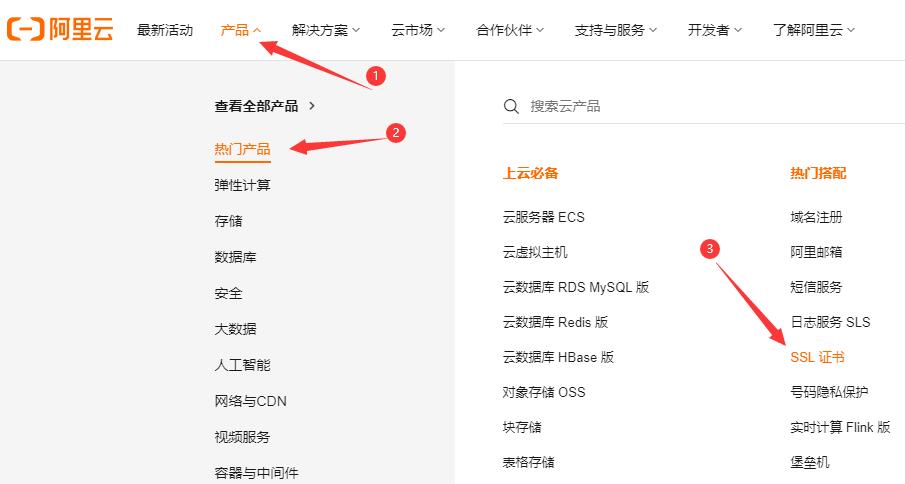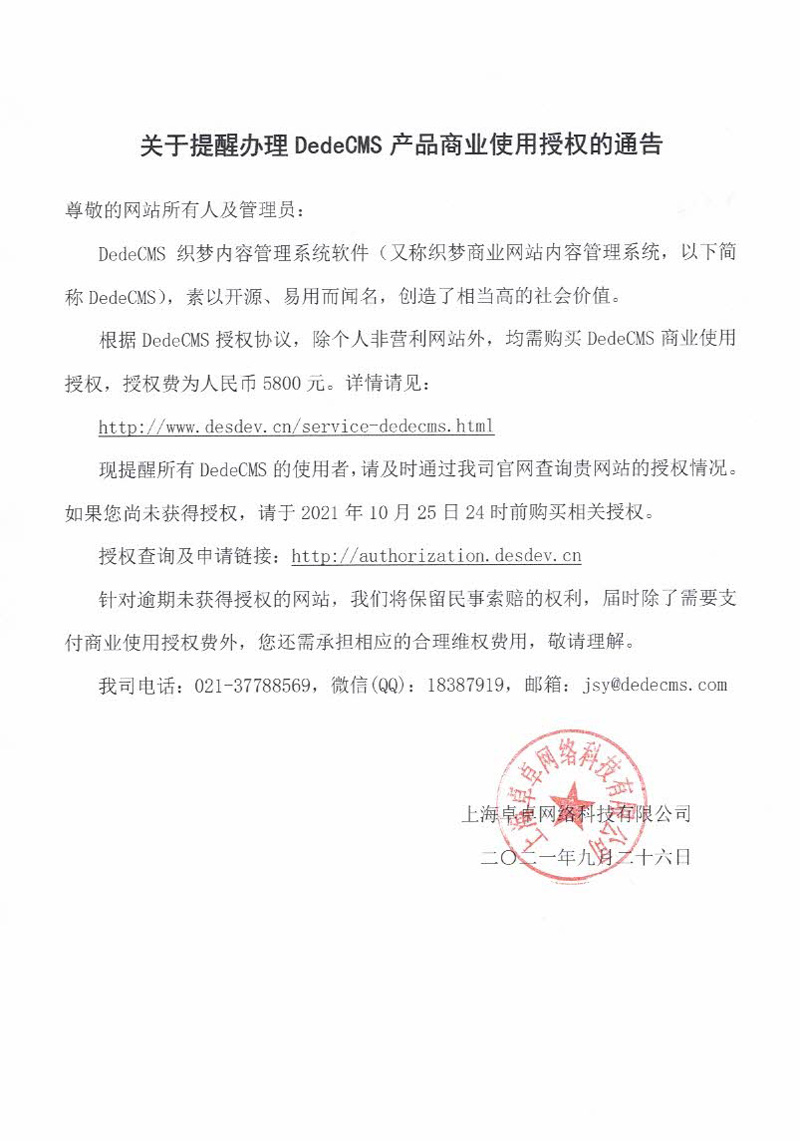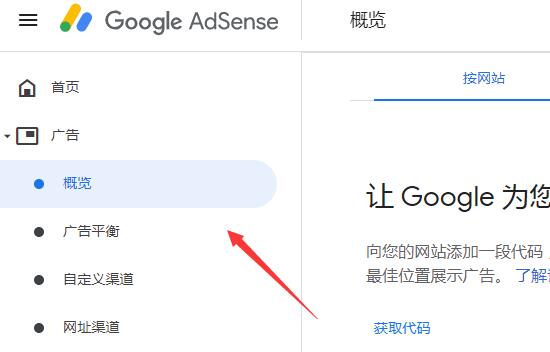According to a research result of Aberdeen Group, if the page loading time is delayed by 1 second, the page views will be reduced by 11%, customer satisfaction will be reduced by 16%, and the conversion rate will be reduced by 7%.
Amazon's research results also prove this. Their report results show that as long as the speed of the website increases by 100 milliseconds, it will increase 1% of the revenue. There are many other examples that can be cited, but all of them clearly reveal the same simple truth, that is, web page loading time is money.
This is why enterprises and individuals need to do their best to reduce the page load time. Remember, time is money - literally, time often depends on those microseconds.
Here are 6 tips to help you greatly reduce the page load time, and the conversion rate will increase accordingly.
1. Optimize pictures
Statistics show that if the website is not loaded successfully within 3 seconds, most users will choose to close it. Since images account for the majority of the downloadable byte space of Web pages, if images can be successfully optimized, the download time of Web pages will also be greatly reduced.
One of the best ways to ensure that images are optimized correctly is to use the correct size and format (JPEG, GIF, or PNG). The goal is to reduce the file size as much as possible without sacrificing quality. Now there are many tools on the Web to help solve this problem.
2. Try the Content Distribution Network (CDN)
The value of the content distribution network is that it can obtain static files of the website, such as CSS files, pictures and JavaScript files, and distribute these files through a Web server closer to the user's physical location. A shorter distance means faster loading time.
Some representative examples of CDN are AWS CloudFront, Fastly, or Cloudflare. Another advantage of CDN is that by reducing bandwidth, users can also reduce the risk of downtime interruption caused by traffic. From any aspect, the use of CDN is a win-win result.
3. Cache
Caching is a mechanism for temporarily storing Web pages to reduce bandwidth and improve performance. When a visitor arrives at the site, the site will provide a cached version, unless there is a change in the last cache. This saves the server time and makes things faster. Enabling browser caching will make repeated visitors faster and faster.
4. Compression
Gzip is a software application for file compression, which is like putting your website into a zip file. Most servers and clients now support gzip. When a gzip compatible browser requests a resource, the server can compress the response before sending it to the browser. This can significantly reduce the time delay on the website.
5. Keep the code light
It is important to minimize the amount of code, which means compressing HTML, JavaScript, and CSS code libraries into fewer files to optimize their operation. For example, if the mobile site has five JavaScript files, the browser will send five separate HTTP requests to obtain them. In order to avoid blocking and waiting time, another method is to shrink and merge these five files into one compact file.
6. Review the virtual host
Another simple way to reduce the loading time of website pages is to check with your host provider about the type of your package. The shared host account usually includes sharing server space with dozens of other companies, whose website speed is affected by the number of users of the server. If this is the case, it may be time to consider a dedicated server, which can only be used by one person.











